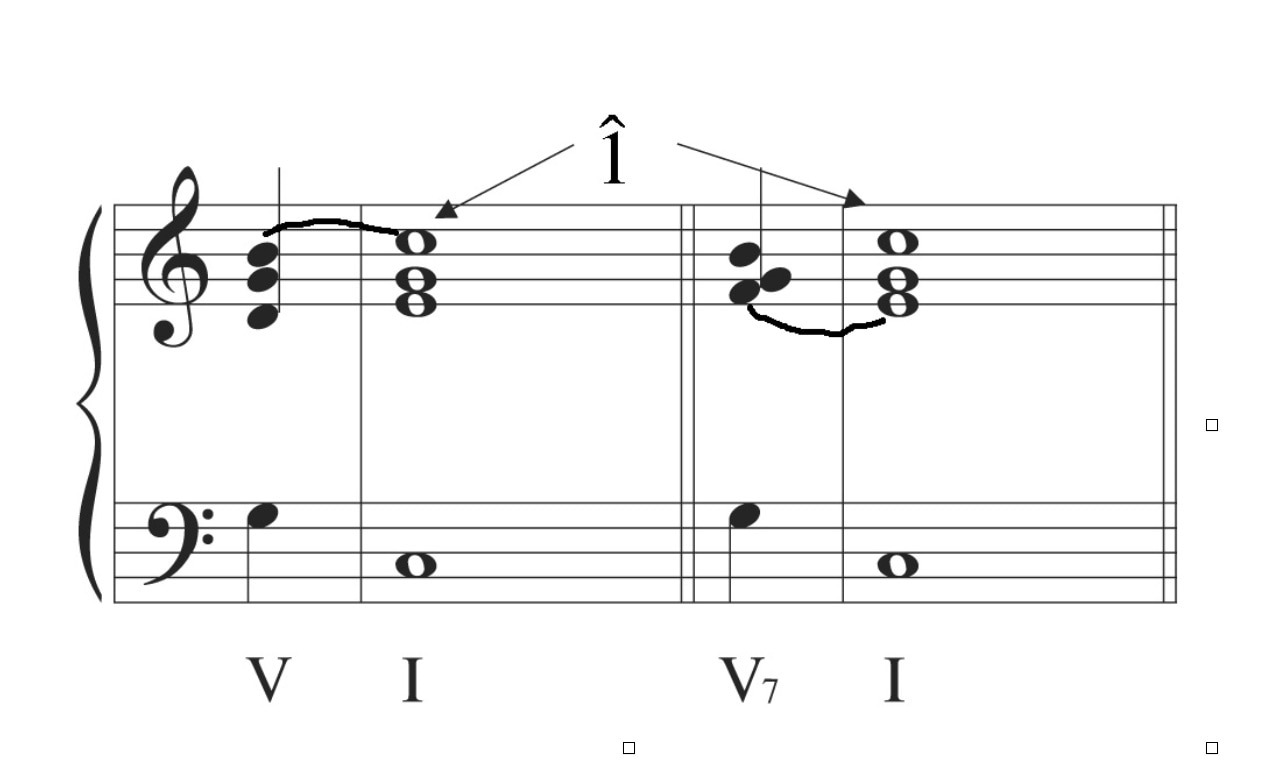|
Hi folks, you can check the 1st part here and now let's go to progress in the course.
Lesson 3: In this lecture, Gary Burton shares with us his excellent method of choosing quickly, "on the fly", the right scale for given harmony of the song. On the fly - means without preparation in advance, at sight, in real time during a trial or jam session. This method is actually very interesting and effective. It is based on answering to one or max two questions for each chord situation:
It may look a bit complicated in the beginning but with every song played the process is more automated and faster. Finally we will be doing this in the uncouncious mode „in the background: when improvising over new changes.
Lesson 4:
Harmonic progressions. Also called chord changes. Tonality and moving harmony is the essence of Western music. Harmony, which is evolving and changing between tension to resolution over and over again. A good improviser should be aware of the harmonic progression of the song and emphasize it in his solo. You can hear really good improvisations without the backing of the band and still be fully aware of the harmonic progression. The improviser achieves this by underlining some essential chord notes: so-called. guide tones (another name is voice leading) Example - the melodic essence of V-I cadence is the following movement of melody notes: 7th of V chord goes half step down and becomes 3rd of Ichord. 3rd of V chord goes half step up and becomes the root of I chord.
We should mark these changes and include guide tones (or voice led tones) in our phrases (especially at crossing the bar line). Obviously not always in the same way, literally - but creatively, embelishing them or modifying rhythmically to keep listener’s interest.
Additionally, the guide tone lines can serve as an invaluable help as construction framework of our improvisation whenever harmony of the track changes very quickly - like 2 chords per measure. For most common chord progressions we can find 2 or 3 different guide-tone lines. They are so powerful musical expression tools that we can choose among them freely within our melody lines, with octave displacements as well. In such cases guide-tone lines will carry us safely through the most difficult, very fast tempo standards of bebop era In cases when harmony doesn't change quickly, we find our notes for improv using common scales for neighboring chords. I.e. Cmaj7-Am7-Dm–G7 progression we can play all over using C Ionian scale, We don't think so much about finding new sound sets for each bar and we can concentrate on creation of beautiful melodies. In other case, when harmony moves in less typical ways - i.e. chromatic changes - we can use the rule of moving motive. We just play a melodic shape and move it to desired position. If the chord mode stays the same our motive will sound equally good with the following chords. As a resume of this lecture we understood that the way we would build our improvised solos is strongly based on chords changes and type of harmonic motion used by composer. For every type of harmony we have different "programs' of improvising. These programs can help us a lot and make the thing much "easer" than we though Hope you get some use of these ideas in your playing and let me know your comments. Final Lecture 5 will appear after the weekend :) You can check my assignments from 2013 where I tried to utilize in my improvs what was lectured:
0 Comments
Leave a Reply. |


 RSS Feed
RSS Feed